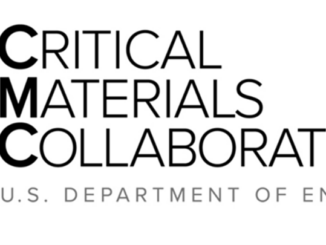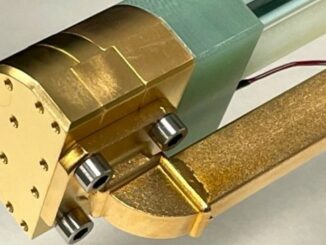
DOE Pledges $60M for Research to Secure Domestic Critical Mineral Supply & Strengthen Magnet Manufacturing
The U.S. Department of Energy Advanced Research Projects Agency–Energy (ARPA-E) has announced up to $60 million in funding for two new technology programs to secure and expand America’s critical minerals supply chain, strengthen domestic magnet […]






